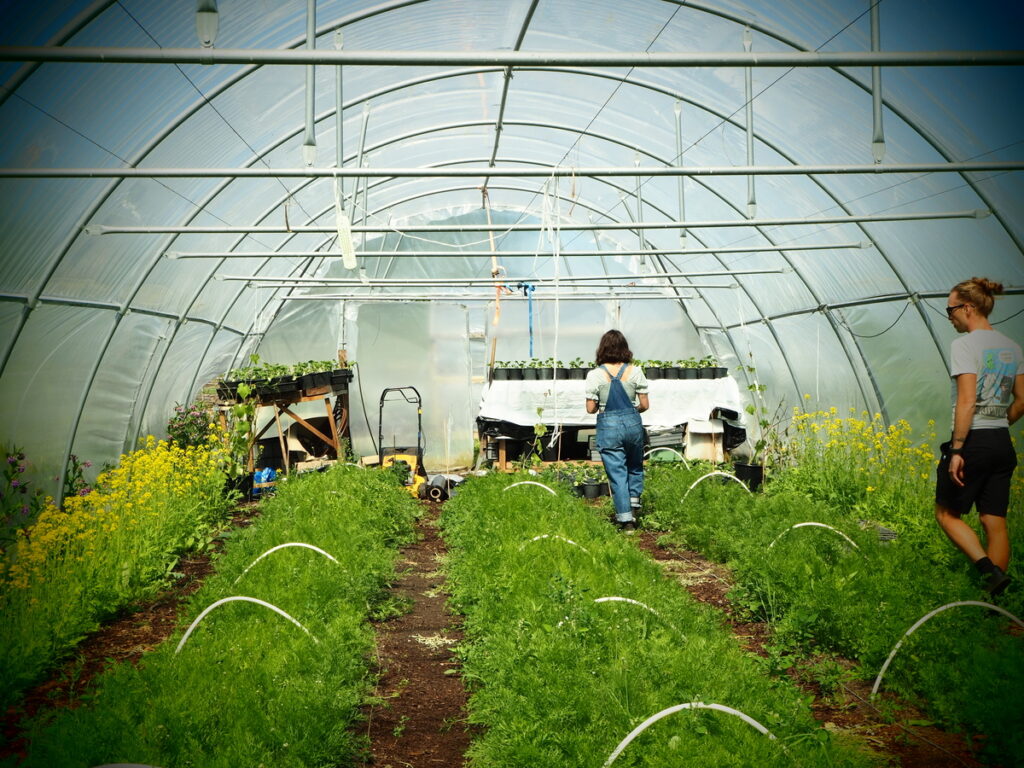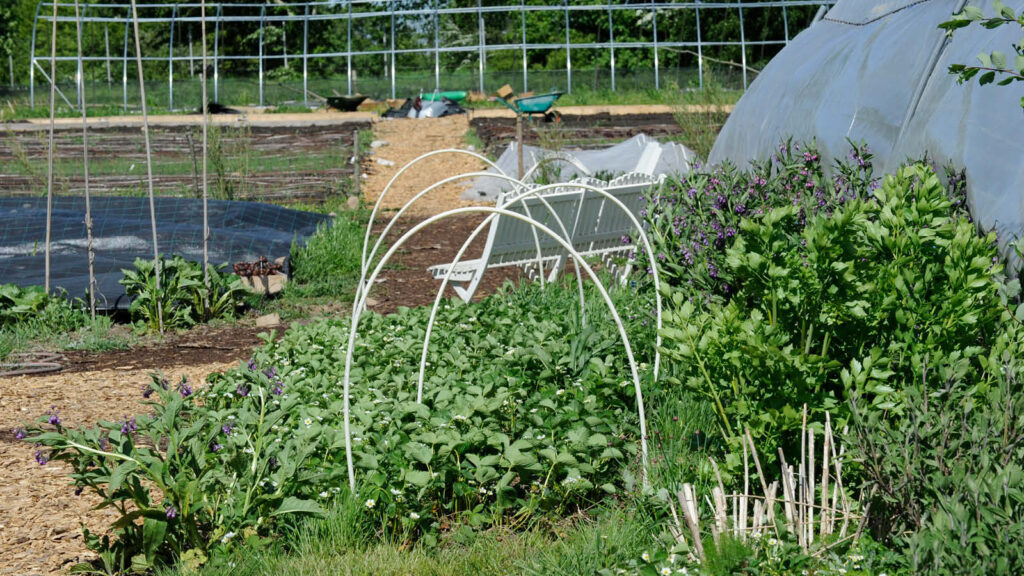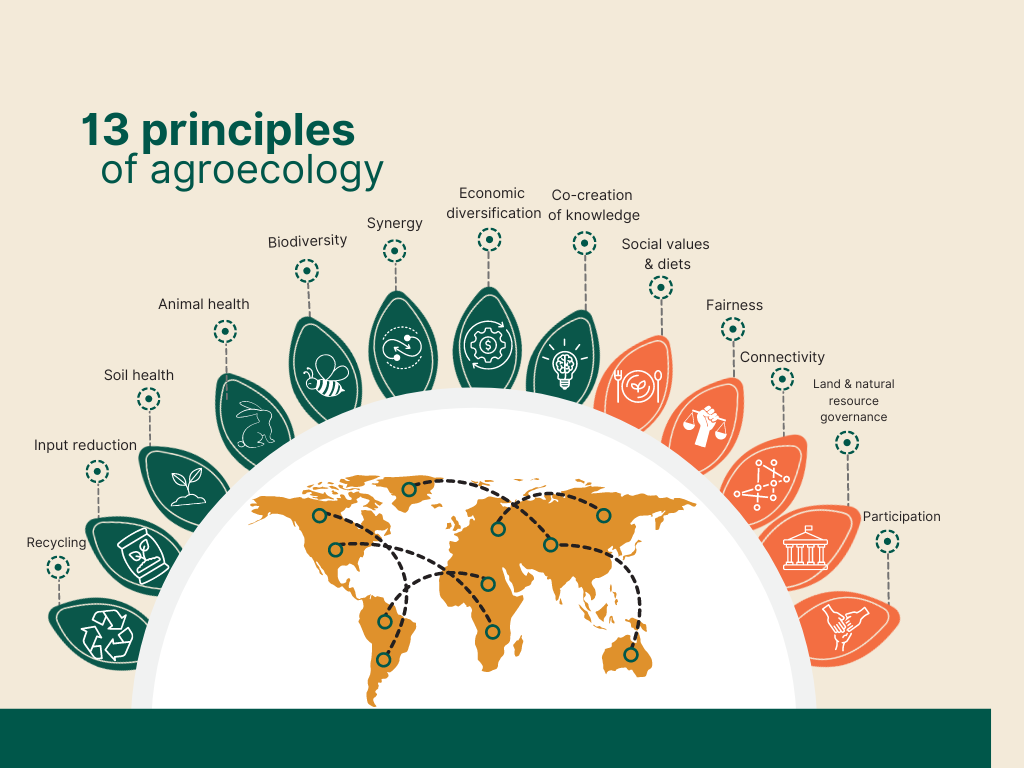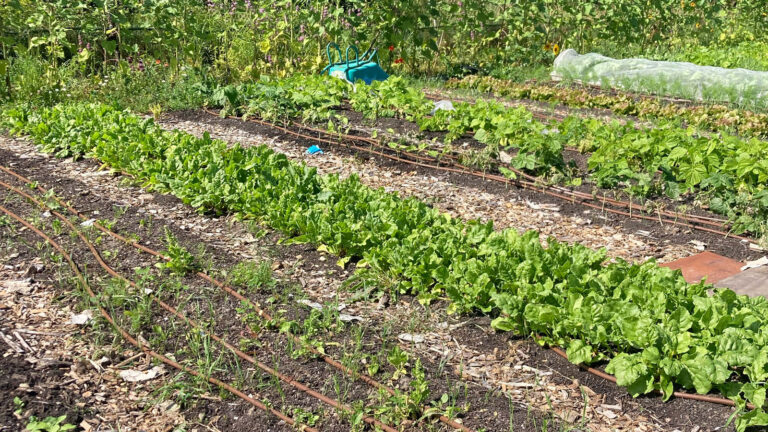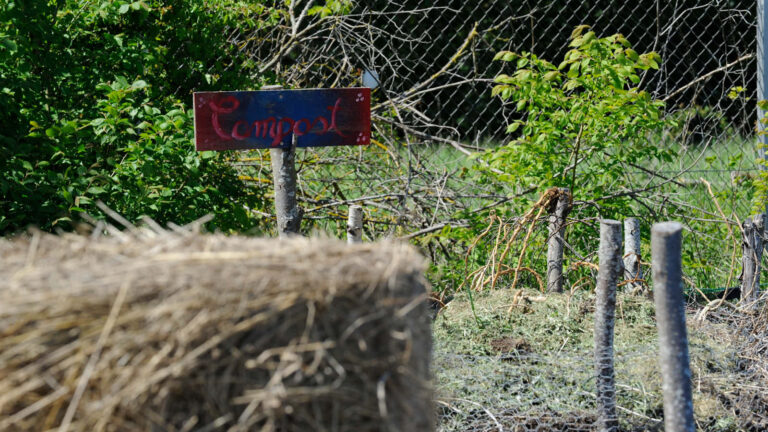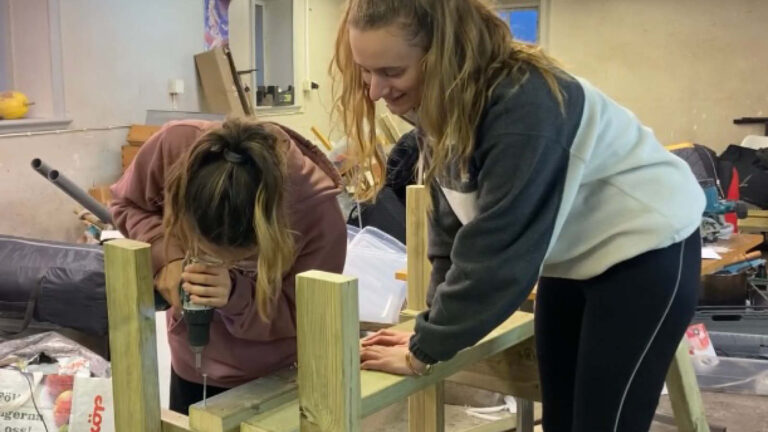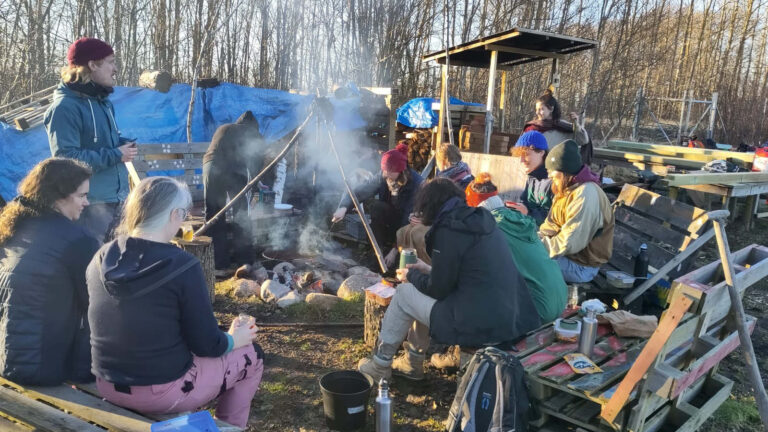Not far from the University of Agricultural Sciences in Southern Sweden, Alnarp’s Agroecology Farm stands as an example of the power of community-driven, agricological farming. Established in 2021 by a group of agroecology master’s students, this small-scale, non-profit farm provides the local community with fresh, agroecologically grown vegetables and flowers. The farm has become a hub for promoting fairness and resilience in food systems through agricultural and social research, education, and community building.
Cultivating a sustainable future
Alnarp’s Agroecology Farm is rooted in the principles of agroecology, seeking harmony between farming, people and nature. The farm is entirely chemical-free, and all cultivation is done by hand—demonstrating how small-scale, human-powered farming can thrive. More than just a place to grow vegetables, it is a living example of how agroecological practices can foster resilience in local food systems and promote fairness across the food chain.
This commitment to sustainability extends beyond the farm itself. As a vibrant gathering place for students, researchers, and community members, the farm nurtures a sense of community while offering hands-on learning and research opportunities. Through its broader impact on the local community, it showcases agroecology’s potential not only as an alternative approach to food production but also as a powerful catalyst for social change.
SIANI’s ASAPP project: Amplifying agroecological stories
SIANI is proud to feature Alnarp’s Agroecology Farm, as the first case study for our newly started project “Amplifying Stories of Agroecology Principles and Practices (ASAPP). ASAPP spotlights real-world applications of the 13 Principles of Agroecology by documenting agroecological practices in place in different agricultural regions. Its goal is to empower farmers and facilitate the widespread adoption of agroecological practices by making them more visible and accessible. By highlighting successful examples in collaboration with farmers, ASAPP places farmers at the heart of discussions on viable agroecological transitions.
